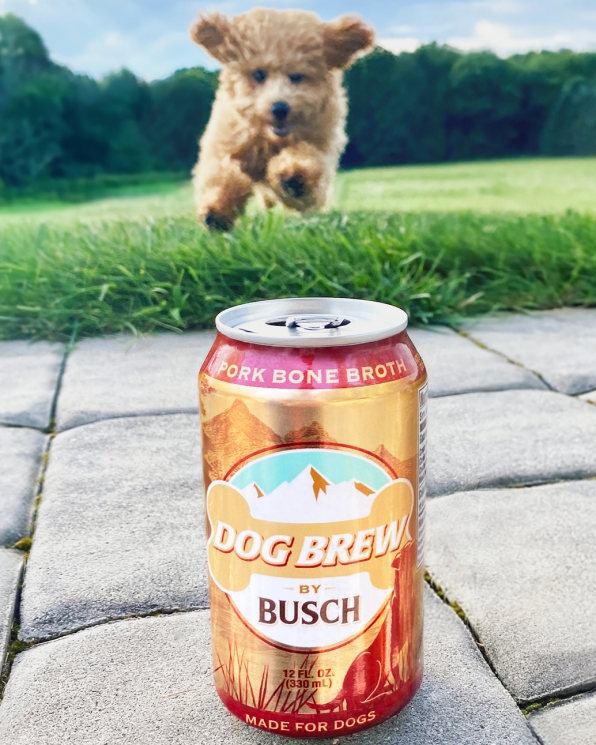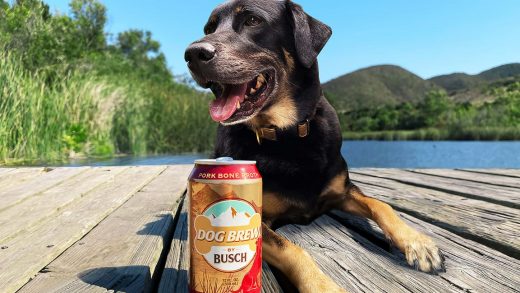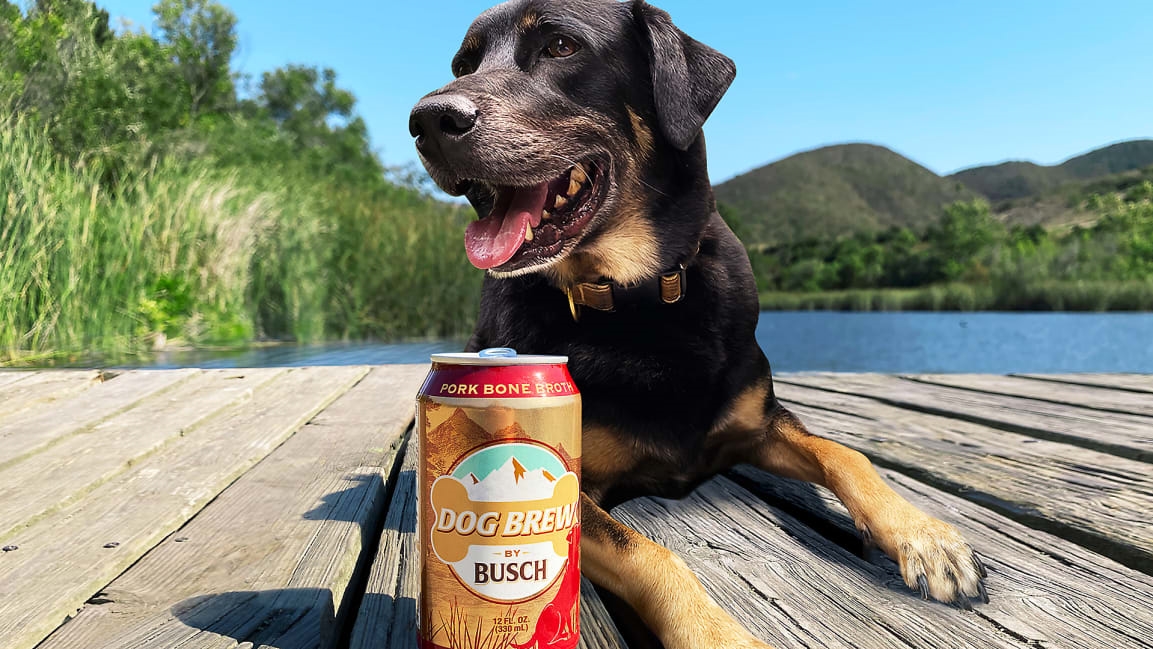Anheuser-Busch thinks your dog would like a beer, too
Your furry friends will no longer be left out when cracking a cold one at weekend kickbacks. Anheuser-Busch created Busch Dog Brew, which is an alcohol-free concoction that serves as the company’s first beverage intended for animals.
Fast Company visited the Anheuser-Busch innovation lab, Research Pilot Brewery, in Missouri, where the beverage giant invents new drinks – including the doggy brew. This is possible due to the company’s “Innovation Machine”, a team of forward-thinking individuals who have fast tracked the process of creating a new product, like beer for dogs, from 18 months to around 100 days.
The team navigated and overcame the challenges like safety and taste that came with creating a brew meant for dogs and not people. The dog beer is a mixture of bone broth from pork butt with corn, celery, and a blend of turmeric, ginger, basil, and mint. A healthy and inventive tail-wagging treat, that can also serve as a food substitute for dogs who can’t eat dry dog food. The four-pack was released on National Dog Day 2020 and sold out in 24 hours. Since then, it has become a pet favorite.

Anheuser-Busch shared the Busch Dog Brew with the world through one of their most successful advertising campaigns to date, Chief Tasting Officer. Pet owners could apply via Facebook, Instagram, or Twitter by sharing a photo of their pooch with the hashtag #BuschCTOContest and a brief synopsis of why their dog should be hired. Ethan, a rescue dog from Kentucky was selected for the one-of-a-kind job that comes with a $20,000 salary, veterinary healthcare coverage, and many pet projects.
This canine ale is not the only innovation to come out of their labs. In the last six months, the company has produced 32 new seltzer flavors for their range of brands like Bud Light, Michelob, Natural Light, Ritas, Social Club Seltzer, Bon Viv, and more.
Vice President of Innovation, Jake Kirsch, said, “Our ambition is to be leading the future growth of our industry, and to do that, we have to be going where consumers are going.”
(41)



